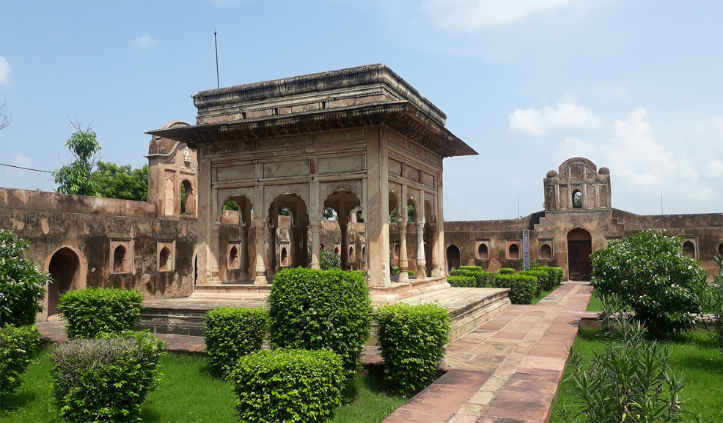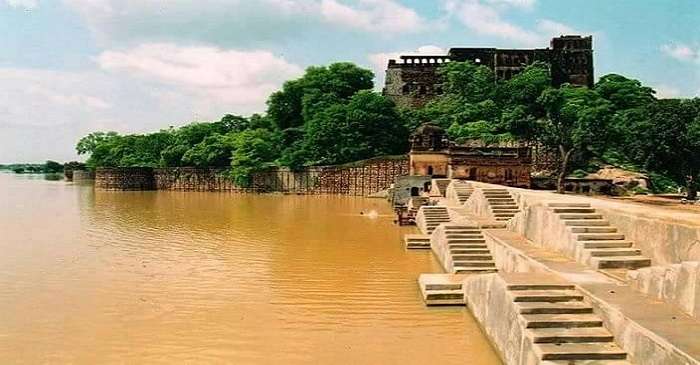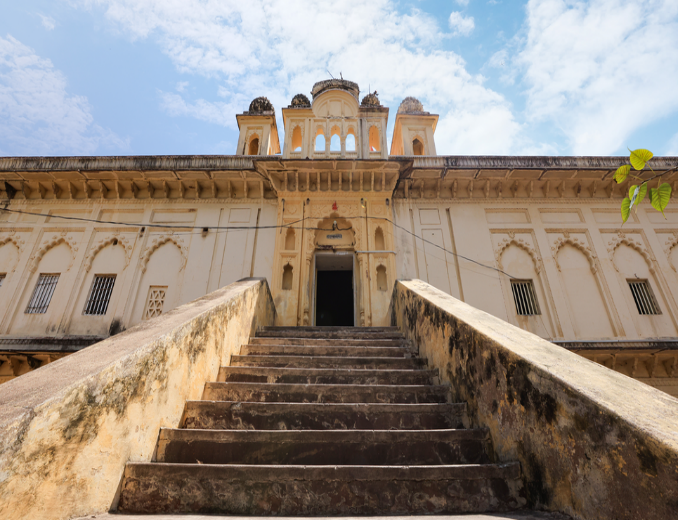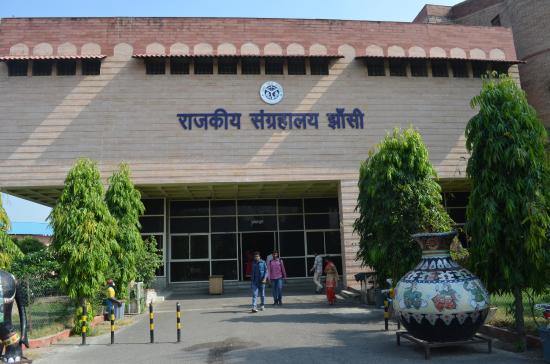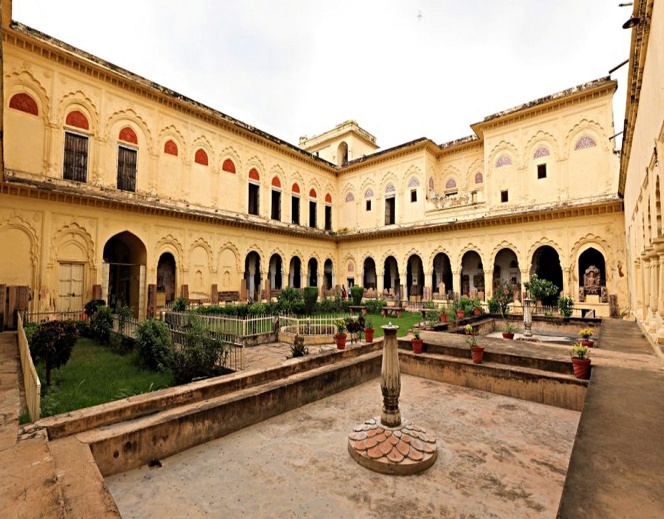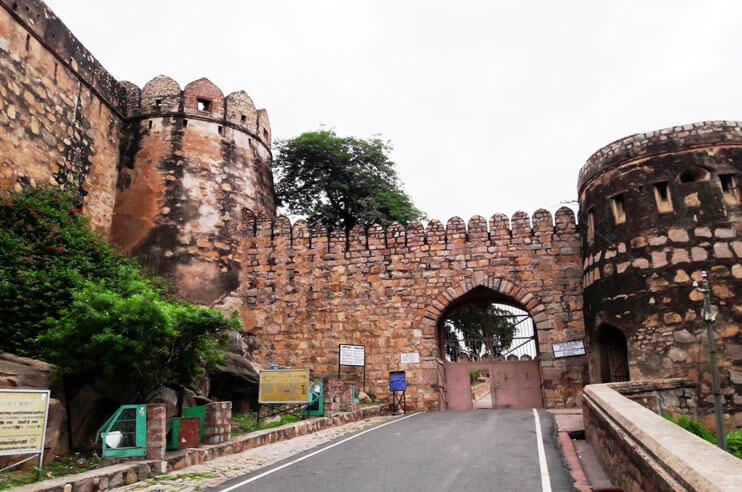Society for Horticultural Research and Development
Join us at RLBCAU, Jhansi for the premier conference on horticultural innovations, research methodologies, and sustainable development practices.
Register NowRani Lakshmi Bai Central Agricultural University, Jhansi
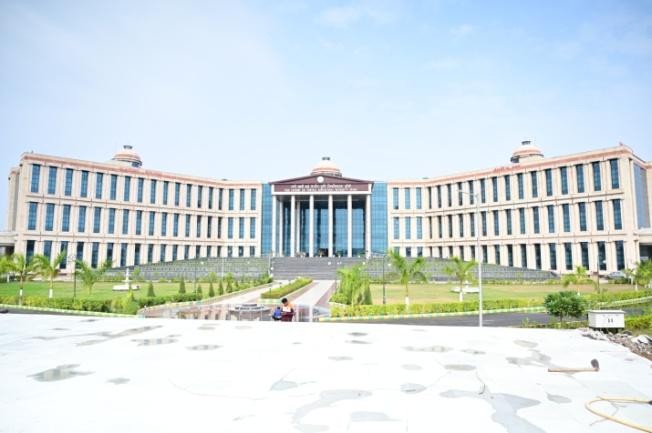
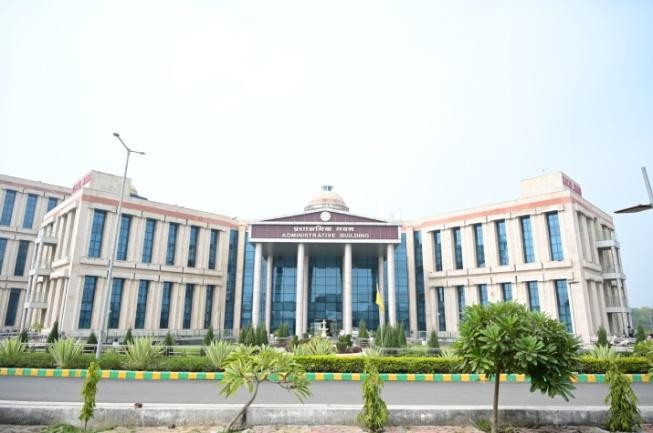
The Rani Lakshmi Bai Central Agricultural University (RLBCAU) is established as an Institution of National Importance (INA) under Department of Agricultural Research and Education (DARE), Ministry of Agriculture and Farmers Welfare, Government of India in the year 2014.
The University has its headquarters and two constituent colleges (College of Agriculture and College of Horticulture & Forestry) at Jhansi, Uttar Pradesh, along with three other constituent colleges—College of Veterinary and Animal Sciences and College of Fisheries at Datia, and College of Horticulture at Morena, Madhya Pradesh.
Through its colleges and headquarters, the University is committed to advancing education, research, and extension in agriculture and allied sciences, with a special focus on the Bundelkhand region and the country at large.
As per the University Act, all colleges, research and experimental stations, and institutions established under its authority function as constituent units under the statutory governance of the University.
Infrastructural Facilities
Rani Lakshmi Bai Central Agricultural University provides diverse infrastructural facilities, including modern, centrally air-conditioned classrooms with smart boards, spacious hostels with Wi-Fi, a central digital library, research facilities including hi-tech speed breeding facility, plant genetic resource center, protected structures, specialized central labs, training halls, a well-furnished guest house, Farmers' hostel, cricket and football grounds, parks and open gym.
The campus is coming up with recreational facilities, including a sports complex, auditorium, cafeteria and a swimming pool, which enables students to stay fit and healthy.
Travel Information
By Air
Jhansi Airport (IATA: JHN) is the nearest airport, located about 15 km from the university. Regular flights connect Jhansi to Delhi and other major cities. Alternatively, you can fly to Gwalior Airport (100 km) or Delhi Airport (350 km).
By Train
Jhansi Junction (JHS) is a major railway station well-connected to all parts of India. Several express and superfast trains halt here. The university is located about 12 km from the station
By Road
Jhansi is well-connected by road to major cities. National Highways 25, 26, and 75 pass through Jhansi. Regular bus services are available from nearby cities like Gwalior, Lucknow, and Agra.
Bundelkhand Region
Agriculture Scenario
The Bundelkhand region has diverse soils, including alluvial, red and yellow, mixed red-black, and medium black soils. The minimum temperature ranges from 6°C to 12°C, while the maximum varies between 38°C and 48°C.
Annual rainfall ranges from 627 mm to 1589 mm, with most precipitation occurring between July and September during the Southwest Monsoon. Bundelkhand is a typical rain-fed semi-arid region, covering an area of about 70,000 km², of which nearly 33% is occupied by degraded forests, grazing pastures, and wastelands. The region supports more than 15 million people and 8 million livestock, but frequent droughts caused by erratic rainfall pose a major challenge.
The current cropping intensity is approximately 130%. Major crops include chickpea, wheat, sorghum, paddy, maize, barley, lentil, sesame, mustard, groundnut, soybean, peas, urdbean, mungbean, vegetables, fruits, spices, and flowers.
There is significant scope to enhance yields of rabi pulses (chickpea, pea, lentil) and oilseeds (rapeseed-mustard, linseed), as well as to expand cultivation of kharif pulses (urdbean, mungbean), oilseeds (sesame, groundnut), and millets (sanwa, kodo, ragi). These efforts can boost agricultural production and increase farmers' income.
Additionally, the region offers ample opportunities for the promotion of horticulture, which can further improve farmers' livelihoods. Like other drought-prone areas of the world, Bundelkhand is heavily dependent on livestock farming, with tremendous potential for improving productivity. There is also considerable scope for the development of fisheries.
Historical and Cultural Perspective
Bundelkhand is a region in central India spanning Uttar Pradesh and Madhya Pradesh. Its boundaries are defined by the Yamuna River in the north, Vindhyan Hills and Panna-Ajaigarh ranges in the east, the Malwa Plateau and Ken-Betwa tributaries in the south, and the Sindh–Betwa–Chambal rivers in the west. Major rivers include the Yamuna, Betwa, Ken, Dhasan, and Pahuj. The Vindhya Range and Bundelkhand Plateau form its unique topography.
The region covers an area of around 70,000 sq. km with a population of 15.5 million (Census 2001). It comprises 14 districts—seven in Uttar Pradesh (Jhansi, Jalaun, Lalitpur, Chitrakoot, Banda, Hamirpur, and Mahoba) and seven in Madhya Pradesh (Datia, Niwari, Chhattarpur, Damoh, Panna, Sagar, and Tikamgarh).
Historically, Bundelkhand was ruled by the Chandelas (9th–13th century), who built the world-renowned Khajuraho temples, now a UNESCO World Heritage Site. Famous Chinese traveler Huen Tsang (641-642 AD) has referred this area as Chichito having its capital at Khajuraho. During the Chandela-Kingship lasting nearly four centuries, this region was termed Jejakabjukti or Jajhauti with its capital fort at Kalinjer. The Bundelas rose to prominence in the 16th century and established several forts and places. Later, the Bundela dynasty rose to prominence, with King Chhatrasal (1691–1731) establishing Bundelkhand as a distinct region.
Bundelkhand also played a pivotal role in the Indian Rebellion of 1857, with Rani Lakshmi Bai of Jhansi emerging as one of the most iconic leaders. Jhansi, once known as Balwant Nagar, has produced many literary and cultural figures such as Rashtra Kavi Maithili Sharan Gupt, Mahavir Prasad Dwivedi, Vrindavan Lal Verma, and legendary hockey player Major Dhyan Chand widely regarded as the wizard of magician of hockey.
Its array of historical sites, including magnificent forts like Orchha, Jhansi and Kalinjar, as well as the UNESCO World Heritage site of Khajuraho monuments, alongside wildlife sanctuaries such as the Panna Tiger Reserve, Madhav National Park and Ken Gharial Sanctuary. Pilgrimage sites like Chitrakoot, Orchha, Datia and Jain temples in Khajuraho and Lalitpur are always attraction for tourist. It has rich traditions in handicrafts and handlooms, including Chanderi and Maheshwari sarees, terracotta pottery and traditional metal crafts.
Historical Places & Attractions
